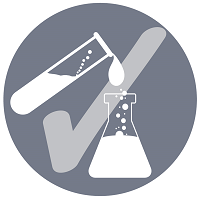Formulation and Delivery
Hot Topic: The Role of AI/ML in Accelerating Development of Nanomedicines
Application of AI in Nanomedicine Delivery, PK/PD and Preclinical Development
Wednesday, November 12, 2025
3:15 PM - 3:30 PM CT
Location: 220 / Cantilever Room

Sravan Kumar Patel, PhD
Associate Professor
University of Pittsburgh
Hot Topic Speaker(s)
The integration of Artificial Intelligence (AI) and Machine Learning (ML) methods in nanomedicine development is revolutionizing the field, offering powerful tools to accelerate advancement of innovative therapies to the clinic. By leveraging vast datasets, AI and ML enable the rational design of nanomedicine, optimization of physicochemical properties and selection of appropriate targeting ligands to precisely target tissues, cells, and molecular targets of interest. Furthermore, AI-based methods are being developed to assess performance of nanosystem in the body. These include AI-assisted physiologically based pharmacokinetic (PBPK) models for simulating nanomedicine disposition in the body under various pathophysiological conditions, and also predicting human exposure based on physicochemical and preclinical animal data. This presentation will focus on application of AI tools in nanomedicine delivery and preclinical assessments.
Learning Objectives:
- Understand the role of AI in nanomedicine design, delivery, and preclinical evaluation
- Describe the principles and applications of AI-assisted PBPK modeling in predicting nanomedicine disposition and human exposure
- Describe essential characteristics of nanomedicine important for in vivo performance.


